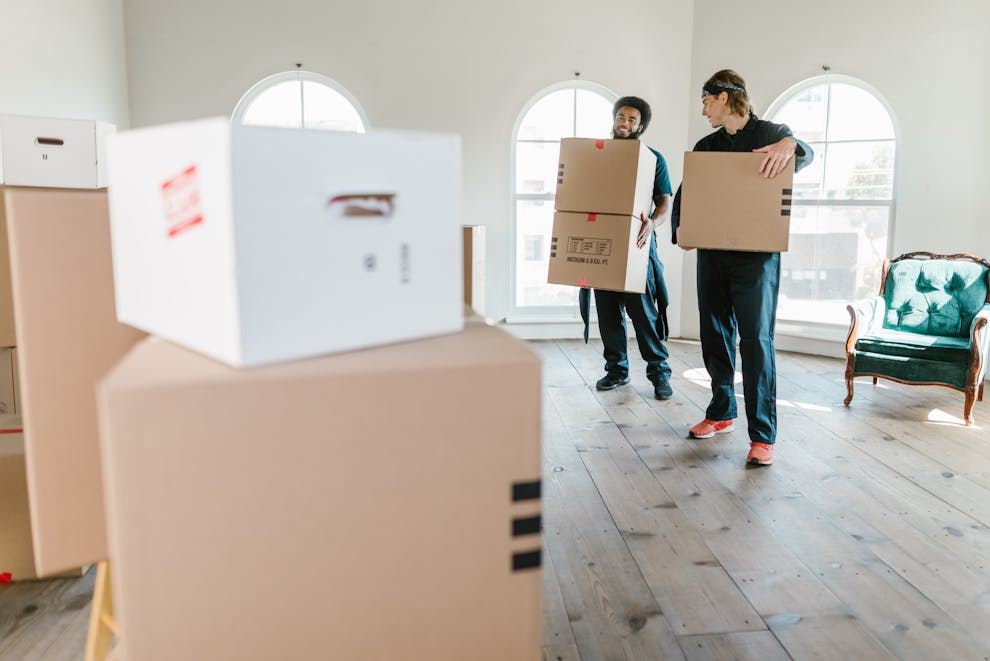
Family-Friendly Moving Tips: Keeping Kids Happy During Relocation
The change of location can surely be a bright, new beginning for each person in the family, full of potential and new experiences. Still, the issue of children's adaptation to the new environment is, at the same time, a mixture of the parents' feelings - they are thrilled but concerned. Children might have difficulties with the change, especially if they were accustomed to the same daily routine. The positive thing? With some planning and creativity, moving can be turned into a fun family trip rather than a hard way. That is to say, how to please everyone and the process flows more smoothly. To ease the load, consider hiring a trusted local removal service that handles the heavy lifting while you focus on family fun.
Preparing Children for the Move
Have an early conversation about the transfer. The discussion should be tailored to your child's age. Storybooks about new homes can help younger children get over their fear of them. Seeing a map of the new location or going to the neighbourhood to view parks or playgrounds could be enjoyable activities for older kids.
Feelings first — share them over a cosy cocoa. It’s fine to miss friends and be thrilled about new ones. Let them choose paint colours or where the bed goes.
According to the NHS, children may experience anxiety when faced with abrupt changes; thus, preparation helps lower stress levels. To help the new place feel familiar, take a group visit before the day of the move. Additionally, notify teachers in advance of the relocation so they can help your child adjust.
Creating a Moving Routine That Includes Kids
Children find comfort in routines, particularly during significant life transitions. Make a straightforward weekly plan that includes breaks, playing, and packing. Assign your kids tiny tasks. As an illustration, children of a younger age could manage their toys, whereas children of an older age might find some local groups or events.
Continue with known meal and sleep times — a routine is comforting for kids. Incorporate small indulgences every now and then, for instance, a picnic after packing or a movie night, which is cozy and warm, among the boxes. Remember that the purpose is to be balanced, not perfect.
Making Packing Fun and Engaging
Packing need not be a stressful task. Create a game out of it by letting youngsters sketch on their boxes or hiding stickers inside for them to uncover. Assist them in choosing which toys to give away and which to retain. It lightens the stress and teaches kindness.
For moving day, put together a special "essentials bag" that includes a favourite toy, colouring pages, and snacks. When everything else feels unfamiliar, this tiny step keeps toddlers occupied and soothed.
Managing Stress and Emotions
Maintain food and sleeping routines unchanged - children are helped by the predictability to feel really safe. Intersperse the days with nice small things like a picnic after packing or a comfy film night among boxes. Don't forget, it is an effort of balancing, not perfecting.
Typically, children reflect their parents' emotions. Thus, it is very reasonable that you hold your composure even if the case is not to your advantage. Train yourself to calm down, going out for a brief walk and showing your kid that it is absolutely normal to take a break when it is difficult. If you cannot handle the load, an organization such as YoungMinds would be more than happy to give you some relief.
Making the Moving Day Easier
I strongly urge you to confirm that you have everything prepared beforehand, as a day such as this would probably be a total mess with a lot of noise and traffic. Prepare a small bag with a tablet on which some movies are already downloaded, a pack of wipes, a nice stuffed toy for the children, and some crackers. In case it is a situation, you may request the assistance of your friends or relatives in taking care of the children.
Also, have some sleep things handy that will help you quickly soothe them during the night, play cheerful music, and take snack breaks. Enjoy a simple dinner together to round off the day; even fish and chips can provide a particular touch.
Settling into the New Home
After the move, looking for the feeling of a cosy atmosphere in your new house should be your priority. The first thing to do is to prepare the rooms of your children; familiar toys and posters are the things that bring comfort. Turn it into a miniature treasure hunt, go to the closest park, or just explore the region together.
Honour minor victories, like as opening their first package or getting to know a new neighbour. The new home will soon begin to feel like home.
In conclusion

It's not necessary for moving to be a difficult experience. It might turn into a period for growth and connection if you are patient and creative. Every stage of the process, from candid discussions to light-hearted packing, aids in your family's contented transition into your new house. Cheers to new beginnings and joyous memories in the future!











